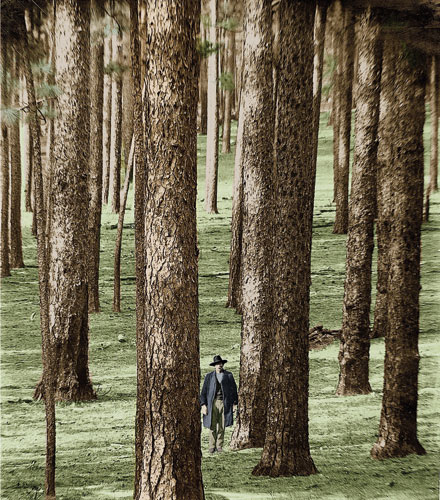
This Article From Issue
November-December 2004
Volume 92, Number 6
DOI: 10.1511/2004.50.0
A longleaf pine forest on a bright day is a light and sound show. There's the verdant ground cover, mostly grasses that sway to each hint of breeze. The forest is open with widely scattered trees, and the early morning sun casts angled shadows from the pine trunks; by midday each tree will be standing in its own small pool of shadow. Here and there, dense groups of young pine saplings gather and the tufts of infant pines are nearly indistinguishable from the wiregrass. Above, the sky burns azure. The sound emanates from the treetops, a low and constant tone like the surf crash of a distant sea. Even on a perfectly still day you may hear this roar in the distance, as if somewhere an individual tree was gathering and amplifying some ambient sound. The great eighteenth-century explorer William Bartram described it as "the solemn symphony of the steady Western breezes, playing incessantly, rising and falling through the thick and wavy foliage."
Looking for Longleaf: The Fall and Rise of an American Forest
Lawrence S. Earley
The University of North Carolina Press, $27.50

Photograph courtesy of Stephen F. Austin University. From Looking for Longleaf.
American Scientist Comments and Discussion
To discuss our articles or comment on them, please share them and tag American Scientist on social media platforms. Here are links to our profiles on Twitter, Facebook, and LinkedIn.
If we re-share your post, we will moderate comments/discussion following our comments policy.